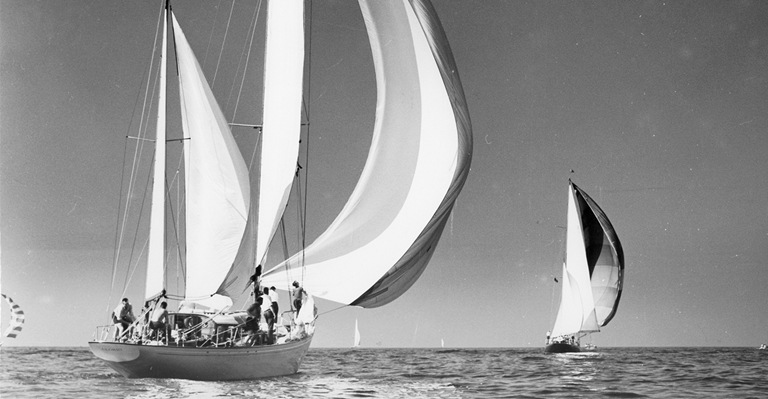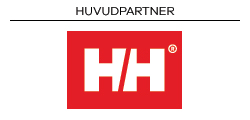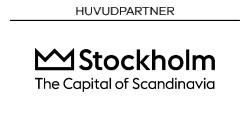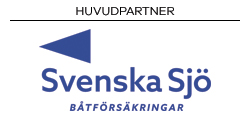Gotland Runt 1935-1959
The possibilities to arrange a reoccurring offshore race in the Baltic had been discussed a lot. Both Fastnet Race first race in 1925 and Burmuda Race 1906 and KSSS wanted to follow the good idea. It was decided to invite all the nations around the Baltic to discuss the question more thoroughly. In 1935 Fårö on northern Gotland was chosen as it was in the very centre and easy accessed for the different nations.
The sailors meeting 1935
77 boats from nine countries with 359 sailors entered. From Latvia there were 16 yachts together with their state steemer “Hidrograf”, which had been officially detached for Fårösund. The countries were Danzig, Estonia, Finland, Germany, Lithuania, Poland and Sweden.
Among the questions discussed was if the race should go around Gotland, app. 180 nM, or from a harbour to another in the Baltic. They also discussed if the race should be sailed every or every second year and which boats would be allowed to enter. A particularly important question was which measurement rule to use. KSSS introduced the Östersjöpokalen.
The sailors meeting decided to sail every second year around Gotland. As measurement rule it was decided to use the KR rule, perhaps with some complement. It was also decided that a committee should during the winter a proposal for measurement rule.
The first Gotland Runt 1937
42 boats of different sizes took part in the race in 250 nM with start and finish in Visby and a rounding at the north of Öland. 12 yachts from KSSS, 14 from Germany and five from Danzig. Furthermore there were six from Poland, wo from Finland and one each from USA, England and Lithuania. They used the Bermuda rule and the German KR rule. They also competed in the Herlin rule. Unfortunately the weather conditions were not the best to be able to determine which rating rule would be the optimal. Very light winds gave the smaller boats an advantage. First to finish was the German boat Schwanenweiss with Skipper W. Schmidt followed by Orion and Havsörnen. Sven Salén won according to the Bermuda rule. Last boat to finish was Mosca from Gotland, the smallest boat in the race but won the KR class over a. o. Schwanenweiss, finishing 13 hours earlier. Regattadinner and dance took place at Snäckgärdsbaden outside Visby, where governor Rodhe handed out all the fantastic Cups and perpetual prizes.
Gotland Runt 1939
In 1939 they sailed from Visby to a lightbouy north of Öland and then to Hoburgen lightbouy. After that crossed the Baltic to Ovisi lighthouse ship outside the mouth of the Riga bay and then back over the Baltic to the finishing line in Sandhamn, 350 nM. This year they used the new (Östersjöregeln) Baltic rule. Due to the more tens in foreign politics the Americans and the English had cancelled their entries and the participants were 23 German, 16 Swedish, 5 Polish, 3 Finnish, two from Danzig and one each from Estonia and Norway. Famous boats were the newly built Havsörnen II, Sven Salén, built by Tore Holm, the old R-yachts Beduin II and Moyana. Henrik Ramsays new ffshore racer Regina, Halfdan Hansens Tamara X and Jacob Wallenbergs Refanut. Refanur won.
Gotland Runt 1950
After 10 years pause due to wartime Gotland Runt was sailed again in 1950. Number of starting boats exceeded the wildes hopes; 54 boats and 47 made it. The race was a pure Nordic affair. Finnland started with 5, Denmark and Norway with 3 boats each. Two boats were most interesting, the first international ):er Beauty and the Stephens constructed Circe (Circe came back 80 years later to Gotland Runt.) Beauty won all the prizes after “favourable” weater conditions according to the competitors … The short course was 265 nM and the long one 405 nM. It was decided that next year try to start the boats that were compieting for the same Cup at the sametime and to move the finishing line to Skanskobb.
The Bogskärs race 1951
As Gotland Runt was only sailed every second year the Bokskärs race was organised together with Norrköpings SS during the uneven years. 24 boats started and 8 withdraw.
Gotland Runt 1952
72 boats had entered, 67 started and 58 completed the race. 19 German, 5 Finnish, 3 Norwegian, 1 Danish and 43 Swedish. They sailed the same courses as 1950. 1952 years Gotland Runt took place during the best bathing weater with not much wind. Some boats ony made 30 – 40 nM in 24 hours. Refanut made a good start but rounded the wrong mark at Korpklint. The large German boat Athena made the same mistake but Circe did the right thing and rounded Snäckgärdsbaden. Refanut lost 1,5 hours with the mistake but won her class anyway. The General Norenskiöld had again given the permission for aerial reconnaissance over the area, a security measurement much appreciated by the participants.
Gotland Runt 1955 (KSSS 125 years Jubilee)
It was planed to finish during the Jubilee regatta in Sandhamn. As there was supposed to be many foreign participant it was decided to use both the KSSS SHR rule and the RORC rule. From 146 entries 138 were accepted, 77 Swedish, 24 German, 14 American, 9 Finish, 6 Danish, 4 Norwegian, 2 British and 1 Belgium. The American boats were led by Count Pehr Sparre, founder of the North American Station of KSSS. Some of them had crossed the Atlantic in their own boat by participating in the Transatlantic Race.
Gotland Runt had very light winds a beautiful sunshine. Six boats had to withdraw from the race but there were no major damages.
Gotland Runt 1957
To increase the chances of better winds 1957 years Gotland Runt should be sailed as early as possible in July. Starting day was 5 of July to enable the Germans to come up in time from Kiel, where a Jubilee regatta was sailed end of June. The courses were changed. For the first tie it was the other way around Gotland. The larger boats should sail Visby – around Gotska Sandön – Klints Bank – Hoburgen – Ölands Norra Grund – Almagrundet – Sandhamn 357 nM. The smaller boats should round Salvorev i stead of Sandön and St. Karlsö in stead of the Ölandsbouy, ca 300 nM. 57 boats entered, 49 Swedish, 3 Finnish, 3 German, one Dutch and one American. A mong the participants Sven Salén was noted with the Stevens construction Bolero, bought in America and sailed over here, the largest boat in the regatta and Krupp von Bohlens beautiful Germania V.
The smallest boats started first and then class after class with one-hour interval. The race varied a lot thanks to the good wind at the beginning and the hard end of the race giving the crews an all-around exercise not at least in sail-maneuvers. Some boats missed Almagrundet and did not turn back until Svenska Högarna and Svenska Björn,
Gotland Runt 1959
Compared to the race in 1957 this one was less of a gamble and there were no hard winds like in 1957. This race instead started with 24 hours without any wind. There were 72 participants, 55 Swedish, 9 German, 6 Finnish and one each from Holland and Denmark. They sailed the same courses as in 1957 but used also the modified RORC rule as well as SHR to enable the race to be part of a RORC series of qualified races. The use of the RORC rule was a bit problematic as the two rules did not have the same demands, ex. Dinghies on deck.










